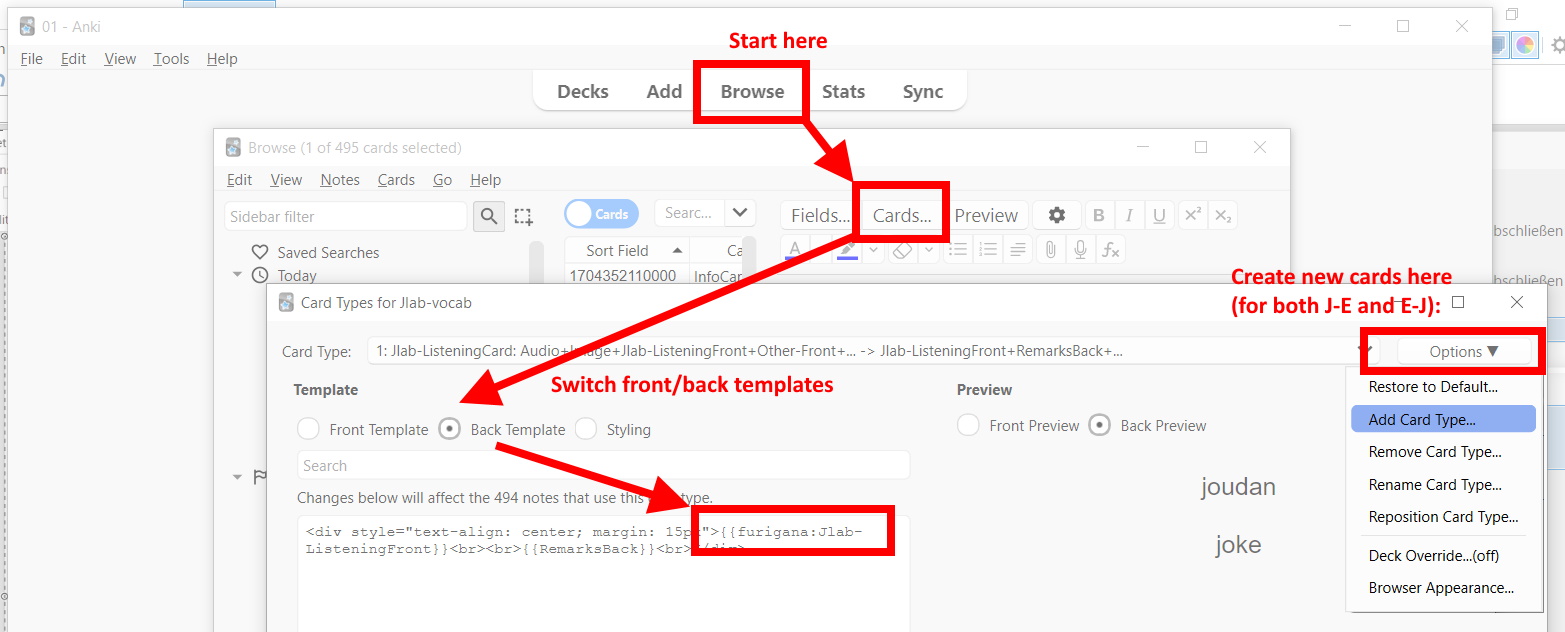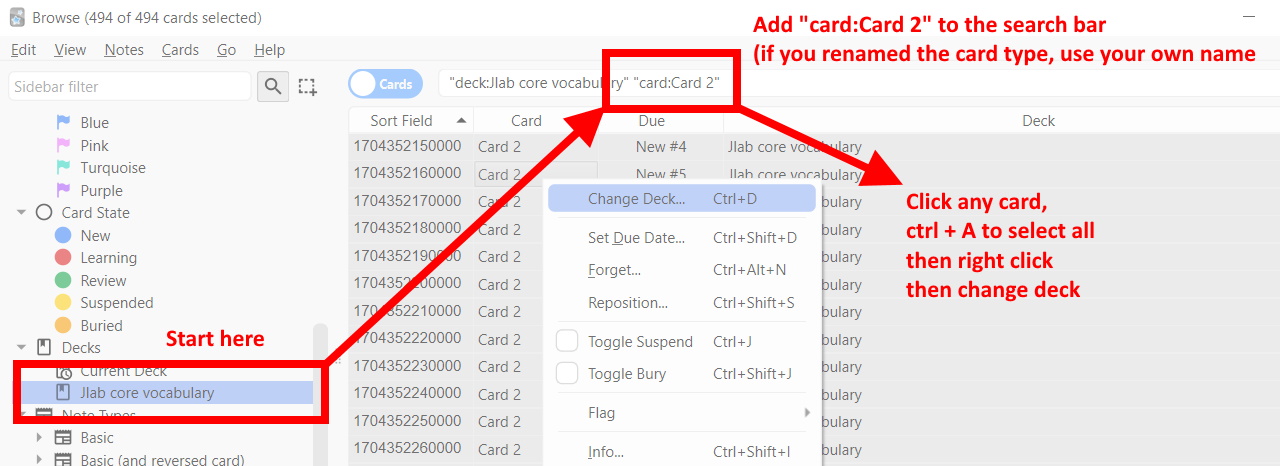Questions about learning in general
The first animes I had used for studying are: Isshuukan friends, my neighbor totoro, shirokuma cafe and natsume’s book of friends. Especially the first two are fairly easy, but this does not mean that you will understand them right away. It actually took me lots of active practice to understand most of it. After those anime, I used whatever I was interested in. In general, I would recommend to start with slice of life, as it teaches less foul language than e.g. fighting. Also, the difficulty does not matter too much, if you use the right mining strategy: Absolutely make sure to only use easy parts for your active studies and skip everything that is too hard. More on the mining strategy here (outdated though).
…doing the jlab beginner’s course / genki / any other starter resource? Unfortunately, my honest answer is: You will understand very little. Here’s my experience: After learning the basics, I studied by thoroughly going through around 250 episodes of anime and dorama, maybe more. In addition to the 4k flashcards I had already in Anki, I mined around 15k more flashcards from tv shows and throughout the whole process, there was always a lot of stuff I could not understand right away. Especially when only listening to this without reading the subs. So decent fluency in listening comp will take a huge effort, but it’s worth it.
In many cases it is very easy google for the meaning of given grammar. This is very very helpful when studying with anime and often faster than asking a question online. I wrote an article on this with examples.
Seeing the image on the front of the card can remind you of the sentence’s meaning without actually reading or listening to it. Similarly, hearing the first word(s) of the audio along with the speaker’s voice can trigger the memory of the full sentence. However, the goal is to understand the sentence in Japanese, not just to recall it from these cues. Solutions:
- Move the image to the card’s back. See this article.
- Use the meaning for output practice (try to recall a few words or sentence fragments). I found this very effective for both speaking and listening practice, see this article.
Personally, I had a good experience with casual, ‘sloppy’ shadowing while doing listening cards and would not recommend creating dedicated output flashcards. I wrote more about the shadowing technique I liked in this article. If you enjoy speaking, you can also start early by following what Jeffery Brown did (more in the linked article).
They block your progress at some point, see this article.
Deck-specific questions
The cloze/reading practice deck is a product of my own studies with subs2srs decks. I used it to practice English-to-Japanese with cloze deletions (a kind of fill-in-the-blank exercise). The jlab Anki add-on automatically generates these clozes when looking up words in the listening deck. However, the beginner’s course does not include any cloze deletions by default. In this case, you can use the deck to practice kana. Completing this deck is not mandatory by any means. The original idea behind it is explained in this video.
Even though the cloze cards read “audio is not played automatically”, the audio DOES play sometimes. This can be changed in the options for that deck. Originally, the jlab addon had updated those options automatically, but this does not work on all Anki versions at the moment.
The intermediate decks build on each other and should be done in order. E.g. intermediate 1 teaches words that are used in intermediate 2.
The deck collection is a huge mess, neither the previous owner nor I took the time to sort out broken decks. For mining cards for the jlab decks however, I sorted out broken ones locally. Here is the list of the deck names, maybe this helps finding a good one.
Technical questions
Cards in Anki can be customized to a great extend. For example, you can move the image to the back or remove the latin characters on all cards at once. An introduction is found here.
Change this in the deck options (not the general settings): It’s called: don’t play audio automatically.
Before you go ahead, check out this article I wrote on how to practice output. If you still want to turn the vocab cards into English -> Japanese, you can exchange the front/back templates. If you want to do both Japanese -> English and English Japanese, you need to add a second card type and exchange front/back templates on that type. You can add a new card with the options button on the right (see first image). Afterwards, you should move the English -> Japanese cards to a new deck (second image).
Switch front / back template:

Move English -> Japanese cards (only if you created a new card type):

